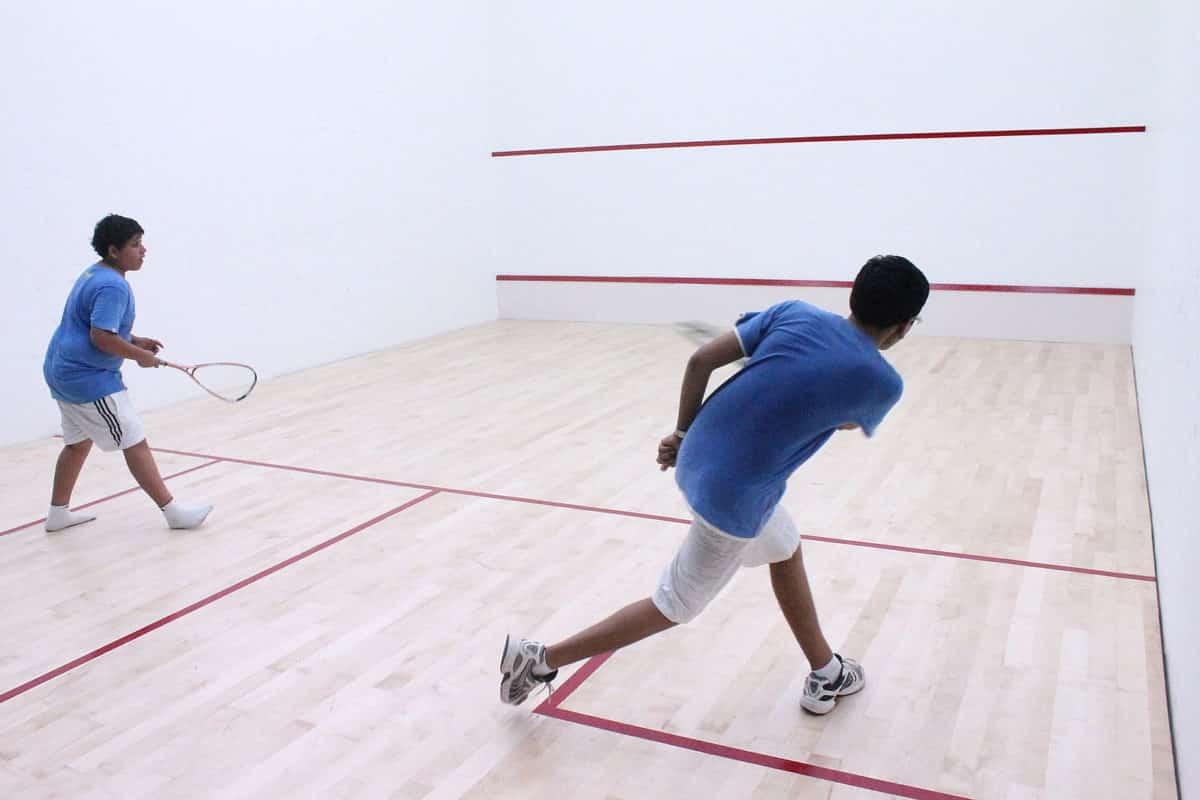What’s the Difference Between Rowing and Crew?
Lessons one learns as an adult: you may have grown up in New England (🙋), attended an Ivy League school (🙋), and even gone through a short-lived adolescent phase in which you regularly wore rugby shirts and cable-knit sweaters (🙋), and you still may not know the different between crew and rowing. This is okay; What’s the Difference is here for you.
Rowing, or “sweep rowing,” is a sport in which the participants row across a body of water with one oar per person. When the participants row with two oars per person, it is called “sculling”—and the oars are referred to as “sculls.” In rowing, there are 2, 4, or 8 rowers to a boat; in sculling, there are singles (1x) , pairs (2x), and quads (4x). These boats may or may not include a coxswain, who sits or lies down in the front or back of the boat and calls out directions to the rowers/scullers.
“Rowing” and “crew” are in fact the same sport; the word “crew” is used by American schools and colleges to refer to the sport of rowing. The term comes from the nautical term for people who operate a boat—the term “crew team” is therefore redundant. Outside of the academic sphere, the sport is simply known as rowing.
Some more fun facts:
Rowing was the first intercollegiate sport in the United States; the first race was between Harvard and Yale in 1852.
Coxswains are typically very light, as not to add extra weight to the boat. Most leagues have a minimum weight for the coxswain; if the coxswain is below that weight, then they have to carry a bag of sand on board to compensate for the difference.
Physiologists claim that rowing a 2,000-meter race (1.25 miles) is equal to playing two back-to-back basketball games.
If you liked this, subscribe to the What’s the Difference newsletter here!


